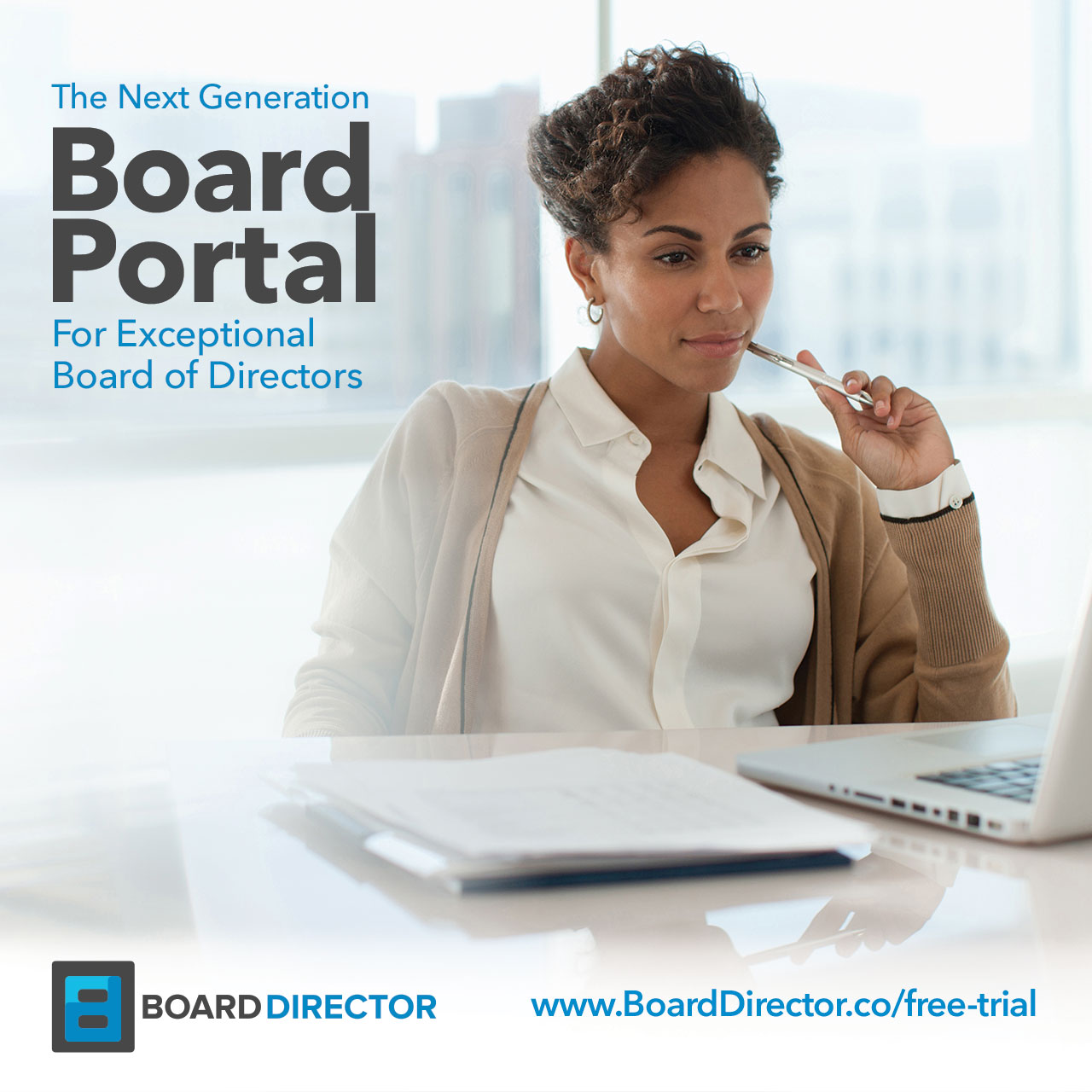The Mission and Vision-Focused Board Member
Nonprofit boards that operate with a mission-first approach to work will maintain a “strategic path” towards success. Always being conscious of the direction in which the organization is headed, regarding its desired vision, will serve as a guidepost when planning future moves and developments. Members should be familiar enough with the mission’s objectives to test every decision against its standard.
Recent research by lecturer William F. Meehan III, Stanford GSB professor David F. Larcker, lecturer Nicholas Donatiello, and researcher Brian Tayan confirmed that many nonprofit boards have serious challenges. A survey of 924 nonprofit directors found that:
- 27% of board members don’t think their colleagues have a strong understanding of the mission and strategy.
- 65% don’t think their board is very experienced, and about half don’t think their colleagues are very engaged in their work.
- 46% have little or no confidence that the performance data they review accurately measures the success of their organizations.
www.gsb.stanford.edu/insights/how-be-better-nonprofit-board-member
The mission also must be understood and embraced by the board, management, and other key stakeholders. We invariably find an underperforming nonprofit has a mission that is not well understood or understandable — including and especially by the board.
Engagement and Deliberation
Open communication among board merembs is an essential aspect of the success of any nonprofit board. As members are often experienced business professionals, the possibilities for fruitful debate are endless yet it can become easy to slip into a cycle of accepting opinions or solutions purely based on someone’s perceived level of expertise in a particular field. Nonprofit board membership positions also may be filled by individuals simply looking to network in a particular community which can cause roadblocks to authentic dialogue when they attempt to maintain the desired image of intelligence or competency. Asking questions and opening oneself up for debate can be a very vulnerable process that may inhibit members from speaking up. Overall encouragement and participation of the board should set a standard of communication that is expected by the members.
Assess and Evaluate
Exceptional nonprofit boards continually monitor the completion of tasks alongside the performance and contribution of each member. The work of the board cannot be limited to a distant puppeteer that pulls strings and makes choices with no regard for the actual success of its decisions. When boards honestly evaluate their highest-ranking members, the lower hierarchy understands the impacts of their roles and becomes aware of consequences that may occur due to underperforming. Part of this testing process can include site visits in which members see the real-time implementation of their choices. When they see the success of a program, they can feel motivated to continue their hard work, but when they witness a poorly designed scenario, they can immediately assess what needs to be altered to set the path straight. Another testing protocol could include having the board chair revisit the mission statement and compare the board’s progress against the previously set goals for the year. This will keep the board accountable for its actions while reminding the members of the mission statement’s relevance in their daily tasks and debates. Due to the financial arrangement of a nonprofit board, the proper allocation of funds is a crucial aspect of its governance. When members and projects are thoroughly tested, the community it serves has faith in trust in the actions of the board.
Putting the Pieces Together
Nonprofit boards excel when structured by a clear mission statement that fosters open dialogue among their members. A distinct mission statement allows members to feel a sense of capability in achieving their goal instead of focusing on a broad and hopeful statement that does not focus on a tangible result. Boards often look to fill open member seats with candidates that align with their mission statement. Member succession facilitates new ideas and perspectives into the board dialogue to achieve the objectives of the organization. A mission statement will also serve as a means of aiding succession as it will guide the incoming members in understanding the board’s purpose and objective. A vision statement will provide a long-term plan for a board to build projects and goals along its path. Knowledge and experience benefit the success of any board, but due to the nature of the nonprofit sector, members with a particular attachment to the community may prove more beneficial to the organization.
Where is your mission and vision statement?
All of this is pointless if you cannot locate your mission and vision statements. Board Director’s repository securely stores all of your board’s critical documents—meeting minutes, board packets, board policies, incorporating documents, bylaws, 990s, financials, audits, and all other documents needed for good governance. We provide your team with a centralized document management system with 24/7 access to mission-critical documents. Get organized. Sign up for a FREE 21-day Trial.
Exceptional board of directors use board portal software rather than email. 📧
Their mission and vision statements, along with all other board documents, are securely stored and available to them.
👉 Sign up for a 21-day FREE Trial 😄

